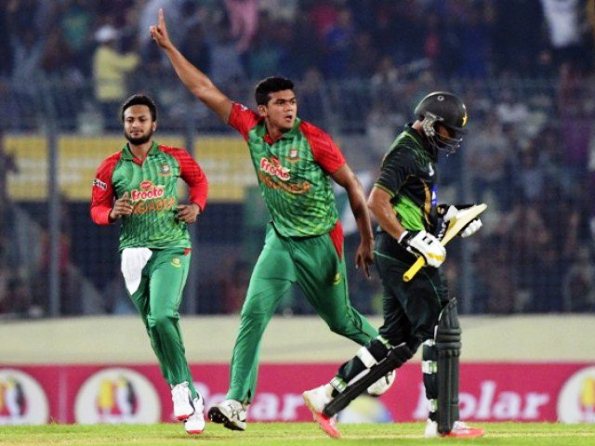 Photo: AFP
Photo: AFPPakistan Cricket Board (PCB) and the tour selection committee was supposed to select the 11 best players for our national team, but looking at the team that went for the tour, it seems as if PCB has no idea who our best 11 players are, or what makes up a good team.
The bowling
In this tournament, Pakistan faced the same dilemma as it did during the ICC World Cup 2015. Throughout the World Cup, analysts were advocating for the inclusion of our leg spinner, Yasir Shah, but our management showed a lot of reluctance, stating that conditions are not favourable for spinners – even though spinners from other teams were enjoying reasonable success during the tournament.
Shah was given one chance to showcase his talents, but it was unfortunately against India – which is known to be pretty good at batting against spinners.
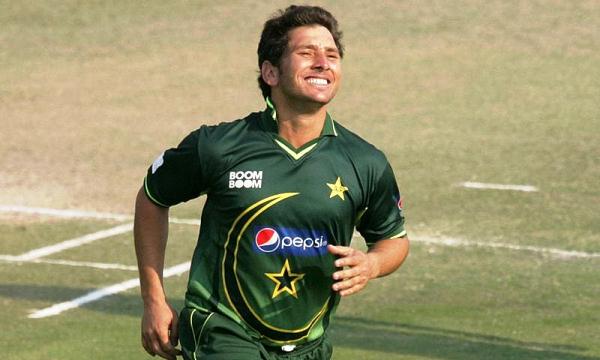 Photo: AFP
Photo: AFPComing back to the Bangladesh series, our team selection remains questionable. Bangladesh pitches boast of spin-friendly conditions, but even then, the team management has remained adamant on not allowing two of our spinners to play. Maybe Waqar Younis and the rest are a bit uncomfortable with spinners and don’t know how to utilise them. However, this does not justify benching them, especially for such crucial matches.
Out with the old, in with the new?
Pakistan included two new players in the first two matches of the series – Mohammad Rizwan and Saad Nasim – but they left out Sami Aslam (who is often dubbed as the future of Pakistani cricket) for some odd reason. Had he been allowed to join in the first two matches, he could have played well and scored a century maybe and that would have helped Pakistan win at least one match, if not all of them.
Even though he did get a chance to make his debut in the third ODI, where he played with confidence and showcased his tremendous capabilities, there was nothing much that he could do. Other players seemed to have lost their ability to play cricket; Azhar Ali kept playing a lot of dot balls at the other end of the pitch, hampering Aslam’s fluency, due to which he failed to get a big score.
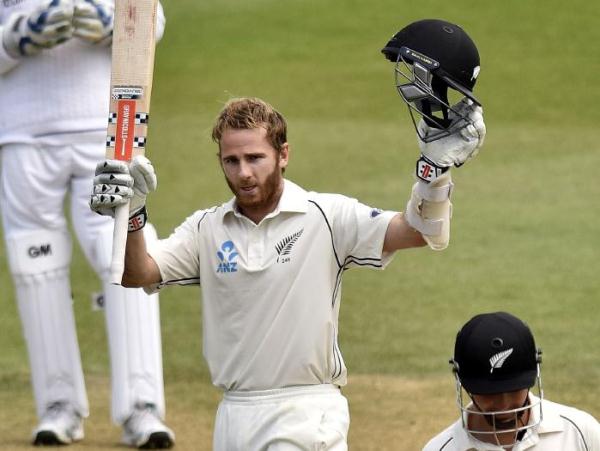 Photo: AFP
Photo: AFPPlaying too many dot balls is a major problem for the Pakistan cricket team; they lack the art of manoeuvring the ball. Our players have two gears – they either hit the ball or they block it. Pakistan played a total of 1129 dot balls during the World Cup. The same seemed to be the case in the Bangladesh series. By scoring singles, players can move the scoreboard forward and also minimise the pressure exerted by opposition, but we rarely seem to follow that tactic.
In the second ODI, Nasim and Harris Sohail built a good partnership to revive Pakistan, but they struggled to score regular singles.
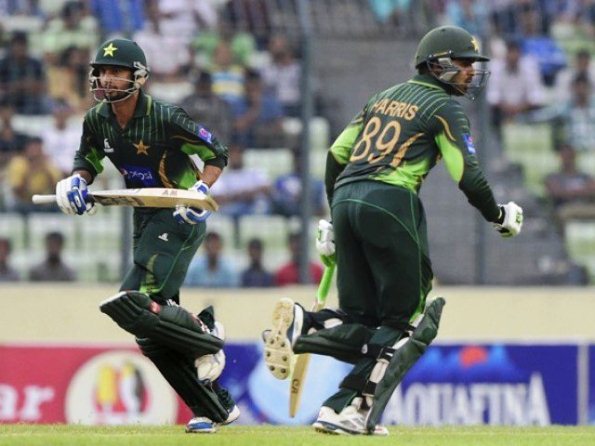 Photo: AFP
Photo: AFPDuring this series, the debutants, Nasim, Rizwan and Aslam, exhibited their talent to prove a point – that no matter what, Pakistan is a talent-filled country and all we need are the right people at the helm to spot unique individuals and groom them into world class cricketers.
Although Rizwan played well in the first ODI, I disagree with the team management to groom an additional wicket keeper-cum-batsman when Sarfraz Ahmed is already available to do the job. By dropping Sarfraz in the third ODI match, it seems that PCB has tried to shatter his confidence yet again.
Such political manoeuvres often lead to professional suicide in cricket – something which PCB needs to keep in mind.
 Photo: AFP
Photo: AFPOur team has witnessed countless inconsistent performances by cricketers, yet they are allowed to play in each and every match, but when it comes to Sarfraz, he tops the list of unlucky players since he was immediately dropped from the team just after a couple of sub-par performances.
I wish our team could put Sarfraz’s talents to good use.
While the success of our newcomers is a positive sign, it is the constant failure of our seniors that poses to be a serious problem. Cricket teams around the world are led by experienced players, but in Pakistan, it is the complete opposite. Senior players, as well as newcomers lack consistency – a case in point is the dismal performances given by Mohammad Hafeez and Fawad Alam during this tournament.
The cricket board needs to sit with our senior players and make it clear to them that either they perform consistently or they stop playing completely. They really need to get their act together.
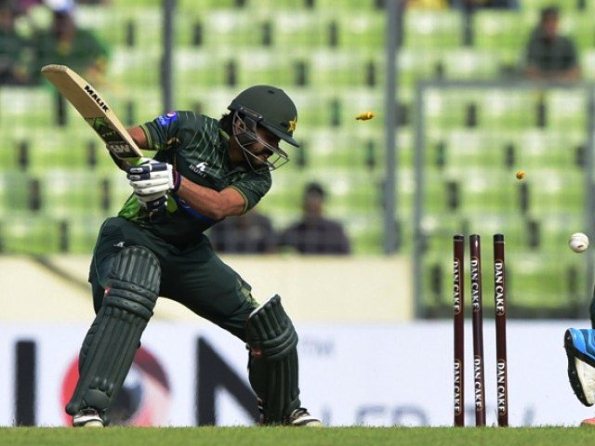 Photo: AFP
Photo: AFPThe batting
Moving on to our batting issues, while Haris Sohail seems to be a good option to lead our batting attack, it seems that he is constantly struggling to get past an average score of 30s and 40s. He needs to overcome this problem immediately and start converting his mediocre innings into mammoth innings, which will not only benefit him but the team as well.
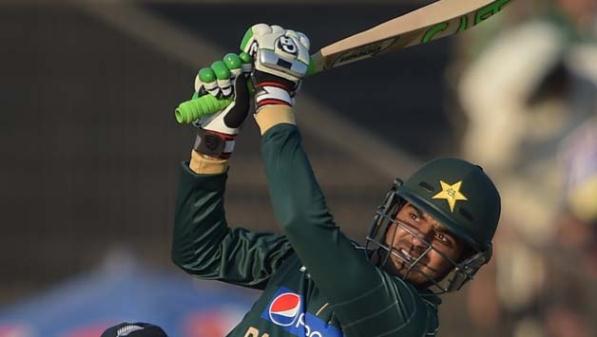 Photo: AFP
Photo: AFPPakistan’s problem against left-arm spinners is also getting worse. In Sri Lanka, we struggled against Rangana Herath and in Bangladesh, Shakib al Hasan and Arafat Sunny proved to be problematic for our team. Our players need to work hard and learn on how to bat against left-arm spinners, particularly the likes of Hasan.
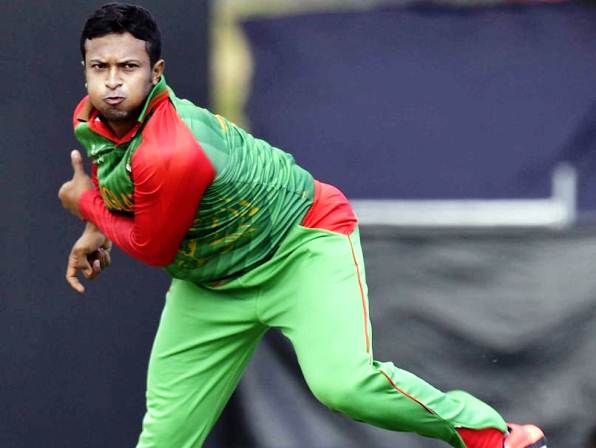 Photo: AFP
Photo: AFPBangladesh is a completely different team in their home ground – they showed this during the 2012 Asia Cup when they beat India and Sri Lanka and nearly beat Pakistan in the finals. Previously, they managed to beat New Zealand and West Indies in their home ground as well.
A disappointing captain
I feel that our new captain has been a disappointing captain so far. Azhar's inexperience was highlighted when he introduced our fifth bowler at the wrong time during the Bangladesh innings during the first ODI. He committed another blunder in the second ODI by setting a spread-out field rather than a defensive one, knowing very well we had a low score to defend.
Pakistan’s domestic cricket is extremely weak; it has failed to produce a decent leader and a captain who is well-versed with the art of leading at international and national levels. The domestic structure of some teams is so strong that they automatically get well-bred leaders.
Lee Kenneth Germon, from the New Zealand team, was selected from the domestic structure based on his leadership and management skills. He made his Test debut as a captain against Pakistan in 1996. George Bailey is a recent example; he was named the Australian T20 captain in 2011 and 2012 purely because of the leadership skills he showed at domestic level.
But we cannot blame our cricket entirely.
As the head coach, Younis is also responsible for our team’s defeat. He cannot absolve himself of his responsibilities by giving statements about players’ fitness levels and attitude issues. It is his responsibility to improve the players if they are facing these problems, and if he is unable to fulfil this responsibility, he should be replaced by someone who has better management and coping skills.
Even though Pakistan lost the ODI series, I hope PCB sees this as a mistake to learn from. In the future, I hope our management shows signs of prudence in its team selection, continue its rebuilding process, and resist the demands of calling back the oldies who have failed us repeatedly.
 Photo: AFP
Photo: AFPIf Pakistan wants to regain its lost glory, we need to restructure our domestic cricket system, reduce the number of international matches drastically and make domestic cricket more competitive. It is the quality of matches that matters, not the quantity. I hope those running PCB are able appropriate steps to put Pakistani cricket back on its path to success.

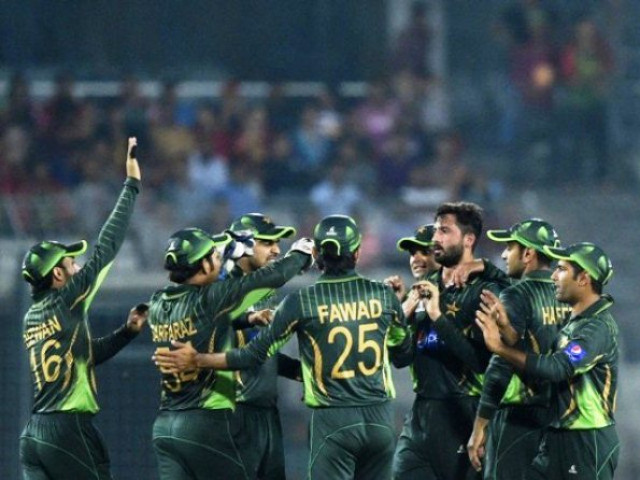

COMMENTS
Comments are moderated and generally will be posted if they are on-topic and not abusive.
For more information, please see our Comments FAQ